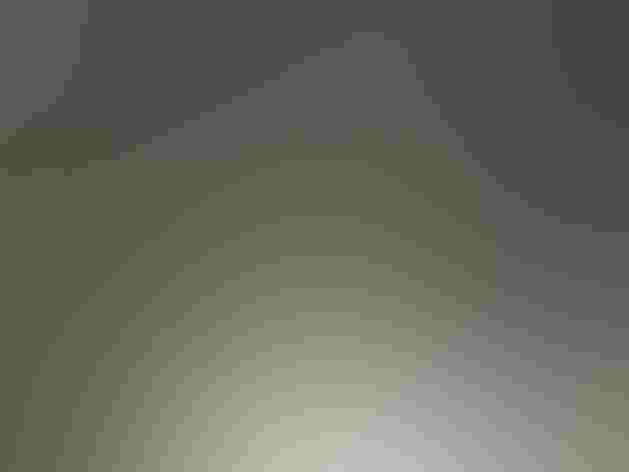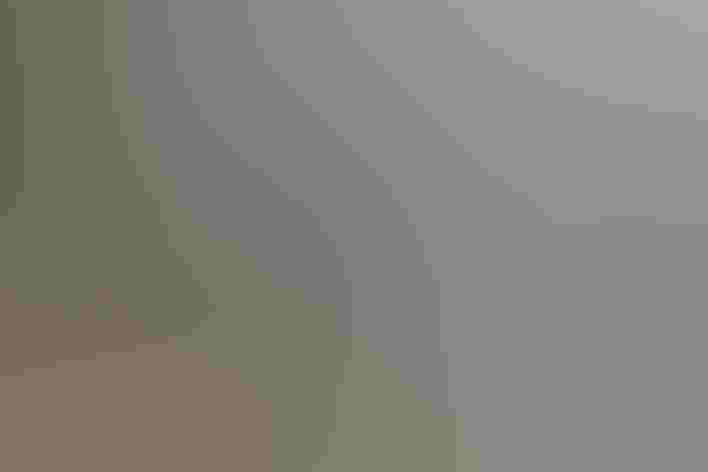Boreal Chickadee
At a Glance
This dusty-looking chickadee lives in spruce forest of the North, mostly north of the Canadian border. A hardy permanent resident, it survives the winter even as far north as the Arctic Circle. Like other chickadees, this species becomes much more quiet and inconspicuous during the nesting season. Because that is the time of year when birders most often search for it, the Boreal Chickadee has gained a reputation as an excessively elusive bird.
All bird guide text and rangemaps adapted from by Kenn Kaufman© 1996, used by permission of Houghton Mifflin Harcourt Publishing Company. All rights reserved.
Category
Chickadees and Titmice, Perching Birds
IUCN Status
Least Concern
Habitat
Forests and Woodlands, Tundra and Boreal Habitats
Region
Alaska and The North, Eastern Canada, Great Lakes, Mid Atlantic, New England, Northwest, Plains, Rocky Mountains, Western Canada
Behavior
Direct Flight, Flitter, Rapid Wingbeats
Population
13.000.000
Range & Identification
Migration & Range Maps
Generally a permanent resident. Occasional small southward invasions in fall, with a few appearing south of breeding range; may occur in same seasons when Black-capped Chickadees stage similar invasions.
Description
5-5 1/2" (13-14 cm). Dingy look with brown cap, brown sides. Wings always plain, without obvious pale edgings on feathers. Overall color varies from warmer to grayer brown, but always has dusky wash on cheeks, showing less white there than other chickadees.
Size
About the size of a Sparrow
Color
Black, Brown, Gray, Tan, White
Wing Shape
Rounded
Tail Shape
Notched, Rounded, Square-tipped
Songs and Calls
A husky chick-a-dee-dee, lazier and more nasal than call of Black-capped.
Call Pattern
Falling, Flat
Call Type
Buzz, Chirp/Chip, Trill, Whistle
Habitat
Conifer forests. Mainly in forests of conifers, especially spruces, but also in some mixed forest. Occurs in low stunted spruces as far north as treeline. At southern edge of range, found in spruce bogs in east, high mountain forest in west, barely south of Canadian border in either region.
Sign up for Ě˝»¨ľ«Ńˇ's newsletter to learn more about birds like the Boreal Chickadee
Behavior
Eggs
5-8, sometimes 4-9. White, with fine reddish brown dots often concentrated at larger end. Incubation is by female, 11-16 days. Male feeds female during incubation.
Young
Female stays with young and broods them much of time at first, while male brings food. Later, both feed nestlings. Young leave nest at about 18 days. 1 brood per year.
Feeding Behavior
Forages mostly by moving about in dense conifers, gleaning insects from surface of twigs, needles, or trunk. May probe in bark crevices, and may take food while hovering briefly. Also will extract seeds from cones, and will take seeds from deciduous trees such as birches. May store food and retrieve it later.
Diet
Mostly insects and seeds. Feeds on a variety of insects, including many caterpillars in summer, plus moths, beetles, and others, also spiders. Eats many insect eggs and pupae, especially in winter. Also eats seeds of various trees.
Nesting
May mate for life, the birds remaining together all year. Nest site is in hole in tree, either natural cavity or old woodpecker hole; chickadees may also excavate their own site or enlarge an existing hole. Site is usually low, 1-12' above the ground. Both sexes help with excavation, but only female builds nest inside. Nest has foundation of moss, bark strips, lichens, feathers, lining of animal hair and plant down.
Conservation
Conservation Status
Wide range in remote forests of far north probably helps give species a secure future.
Climate Threats Facing the Boreal Chickadee
Choose a temperature scenario below to see which threats will affect this species as warming increases. The same climate change-driven threats that put birds at risk will affect other wildlife and people, too.





